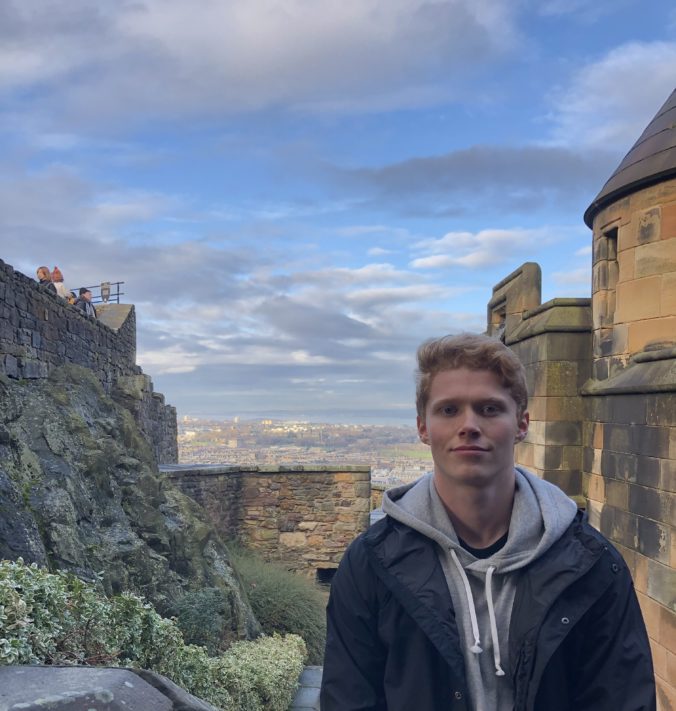Social media and the internet has worked its way into western regular life, and almost all over the world. Social media is such a big part of society today that we almost cannot live without it. This semester was a very interesting one considering the global event of COVID-19, and made the topic of PLN’s very more enjoyable to comprehend. Learning about the diverse ways you can use social media platforms to engage in learning was very interesting, especially when us students were on a lot of the platforms all day to increase our productive with school work (or not J). My use of social media platforms after this course will be forever changed. I realized that a lot of my social media did not have the best diversity regarding information for learning. I found that I surrounded myself with people who had the same ideologies as I did. This resulted in only seeing one perspective which developed some bias opinions. I learnt to see that this was a weakness in my PLN and have made efforts to expand and challenge myself.
The separation of personal and professional life is a difficult task on social media and PLN’s. You want to keep your personal life out of your professional, because you always want to keep your best foot forward. Sometimes your personal life reveals certain aspects about you that would be off putting for building a network, even though it does not affect your work habits or credentials. You always want to lead with your strength because that’s what attracts others. Qualman (2012) states that the key to a successful partnership is when two people have different strengths. Some good strength to show on your PLN can follow STAMP (Qualman, 2012). STAMP stands for simplify, True, Action, Map, and People (Qualman, 2012). These are simple yet useful tools to show and promote your strengths on your PLN’s which will attract others for networking.
I gained a great deal of respect for Media literacy, and learned a lot about it over the duration of this semester. Continuing to educate myself in media literacy is something I plan to do going into the future. Thank you for a great class and a better first semester online!
Reference
Qualman, E. (2012) Digital Leader: 5 Simple Keys to Success and Influence. Retrieved from https://learning-oreillycom.ezproxy.library.uvic.ca/library/view/digital-leader-5/9780071792424/ch16.html#ch16

Recent Comments